JAWA B User manual
Other JAWA Motorcycle manuals
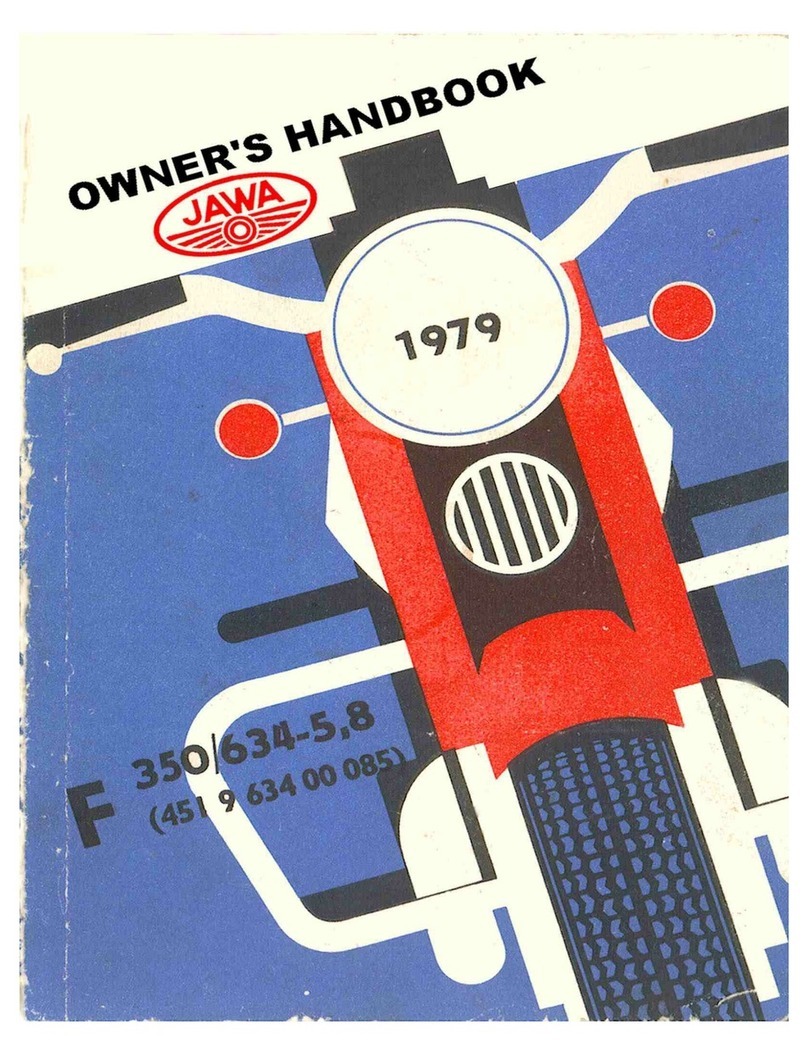
JAWA
JAWA F 350/634-5,8 User guide
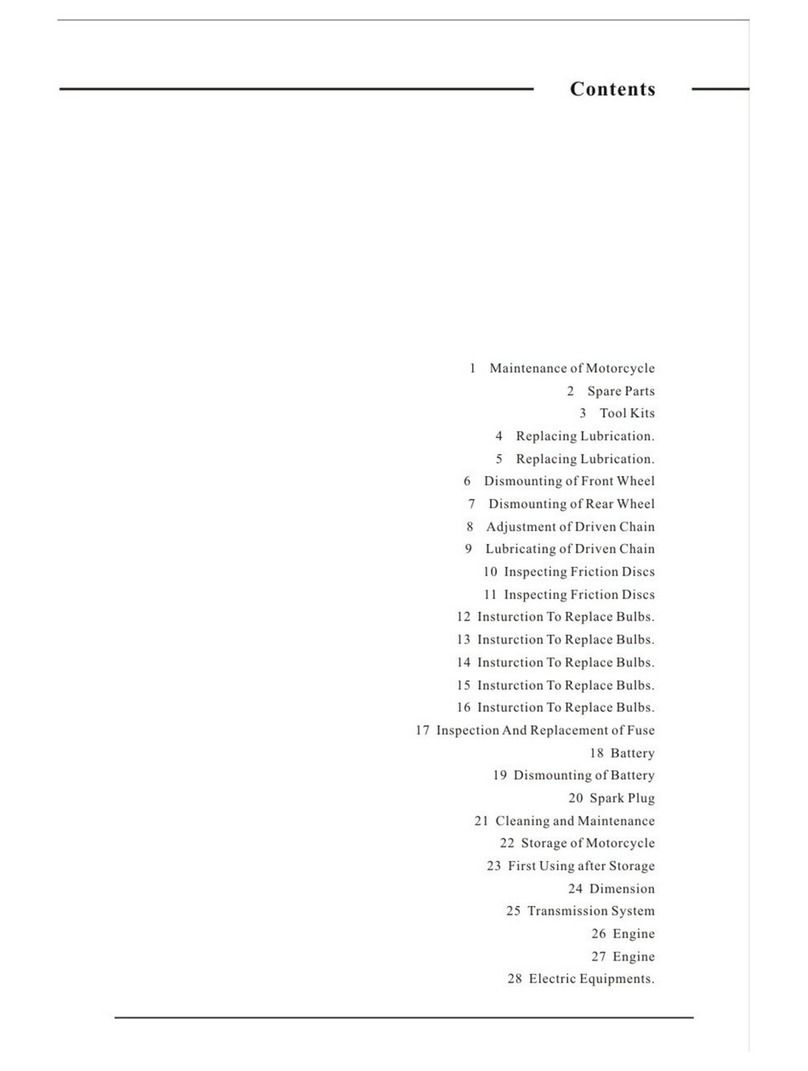
JAWA
JAWA RVM-600 User manual
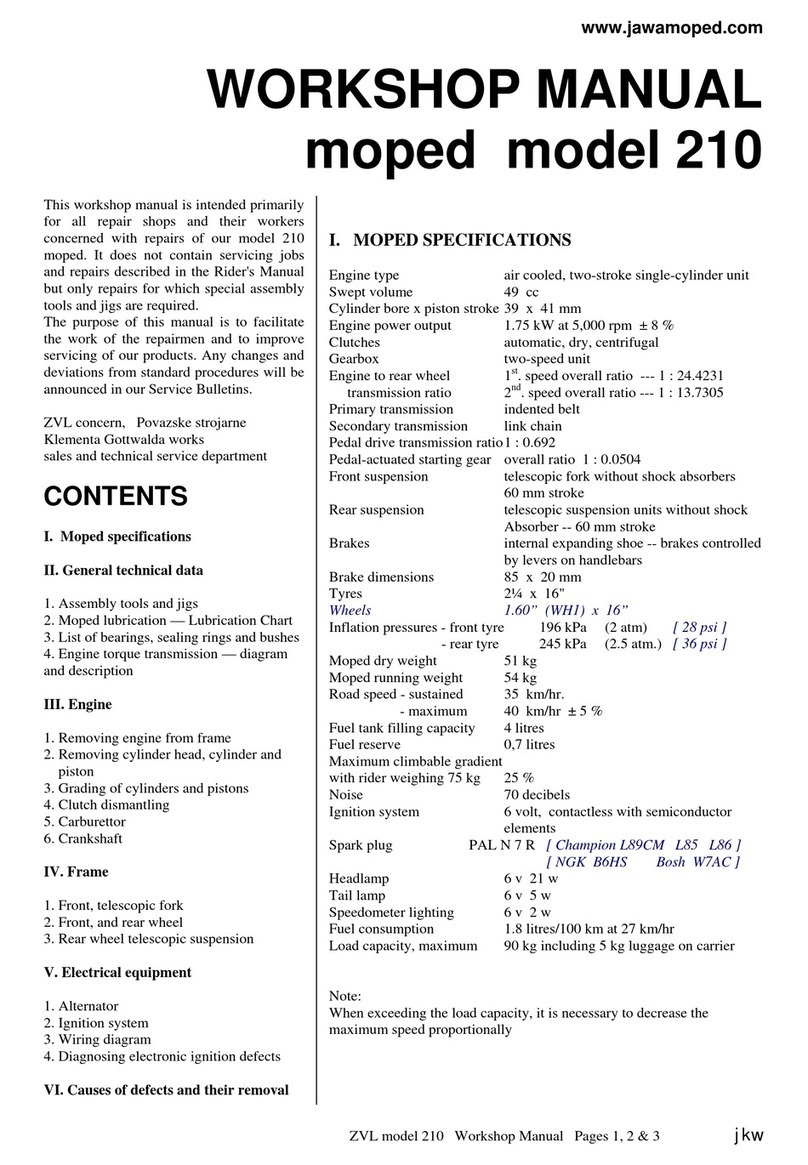
JAWA
JAWA ZVL 210 User manual
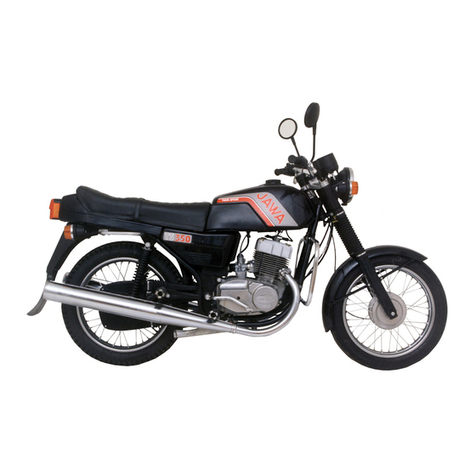
JAWA
JAWA 350 Instruction manual
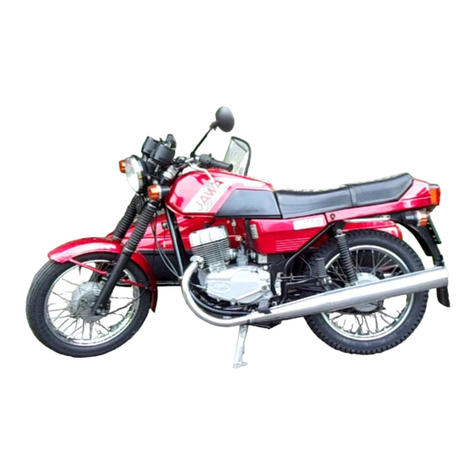
JAWA
JAWA 1992 350/638 Instruction manual
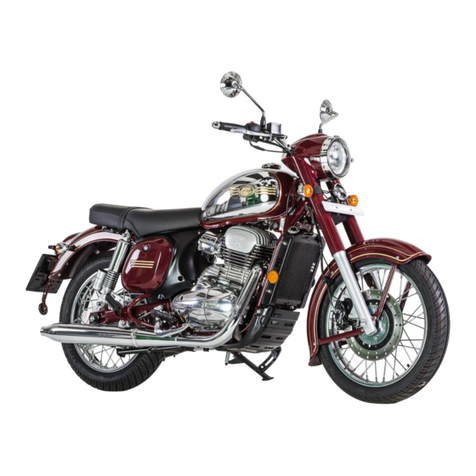
JAWA
JAWA 300 CL 2020 User manual

JAWA
JAWA 250 TRAVEL User manual

JAWA
JAWA 638 Instruction manual

JAWA
JAWA 559/04 User guide

JAWA
JAWA Dandy MJ50 User manual
Popular Motorcycle manuals by other brands

MV Agusta
MV Agusta Brutale 675 Workshop manual

APRILIA
APRILIA RSV MILLE - PART 1 1999 User manual content

Royal Enfield
Royal Enfield Himalayan 2018 owner's manual

SSR Motorsports
SSR Motorsports Lazer5 owner's manual

MOTO GUZZI
MOTO GUZZI 2005 Griso 1100 Use and maintenance book

KTM
KTM 85 SX 19/16 owner's manual





















